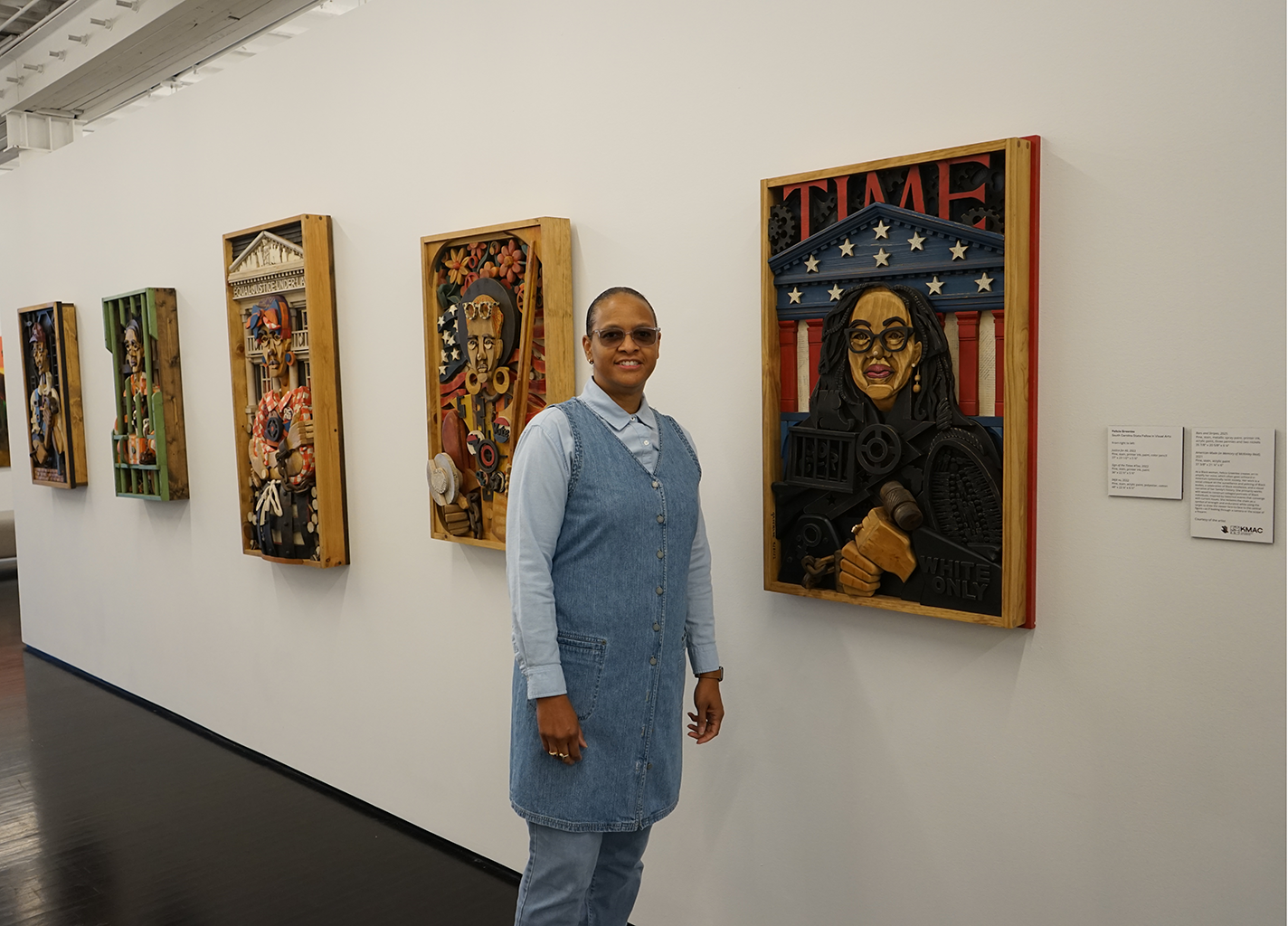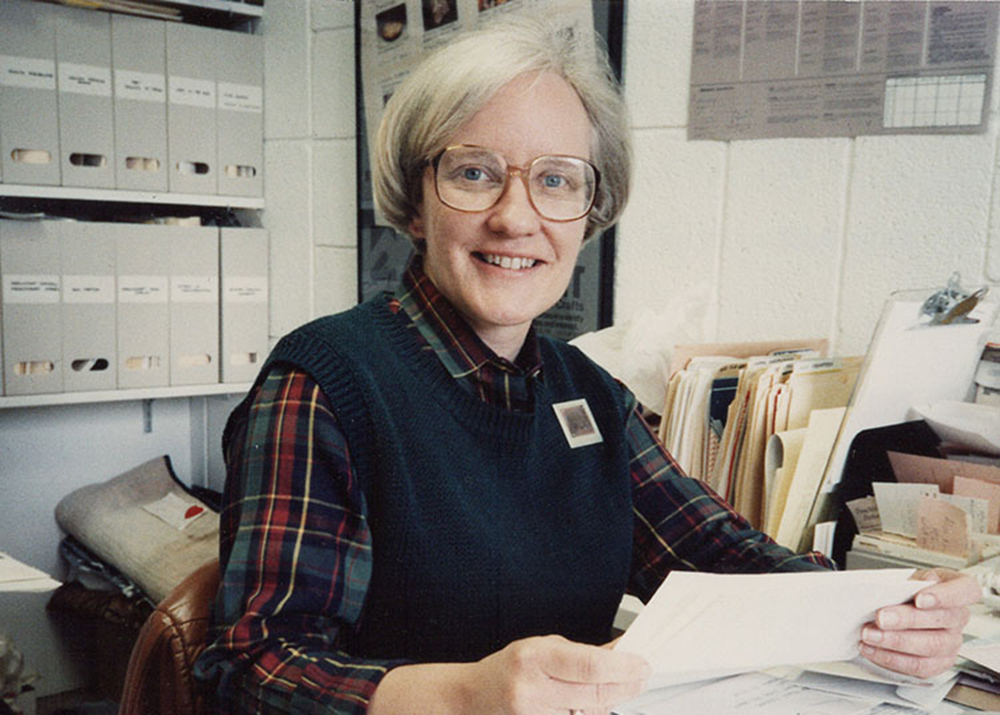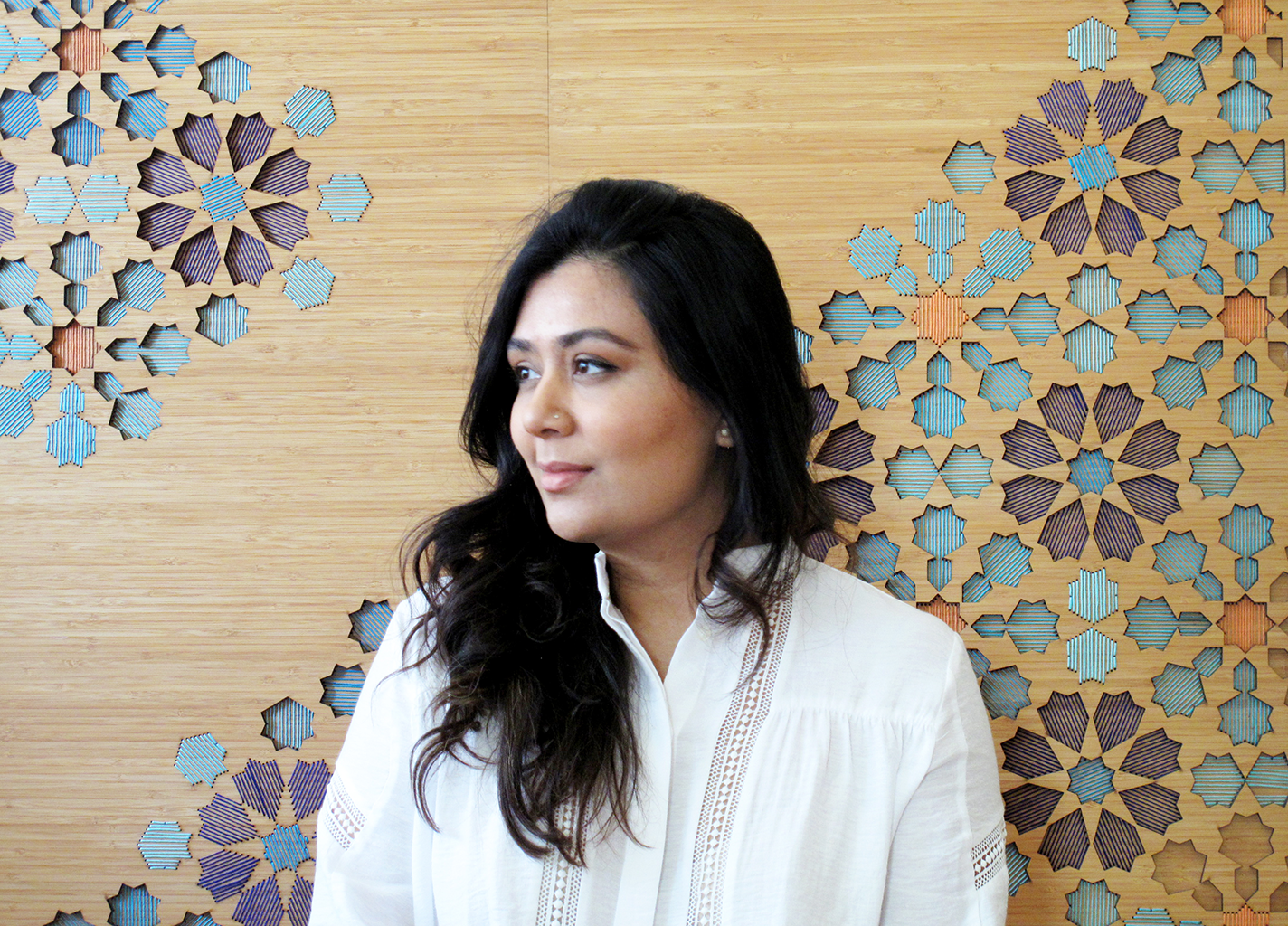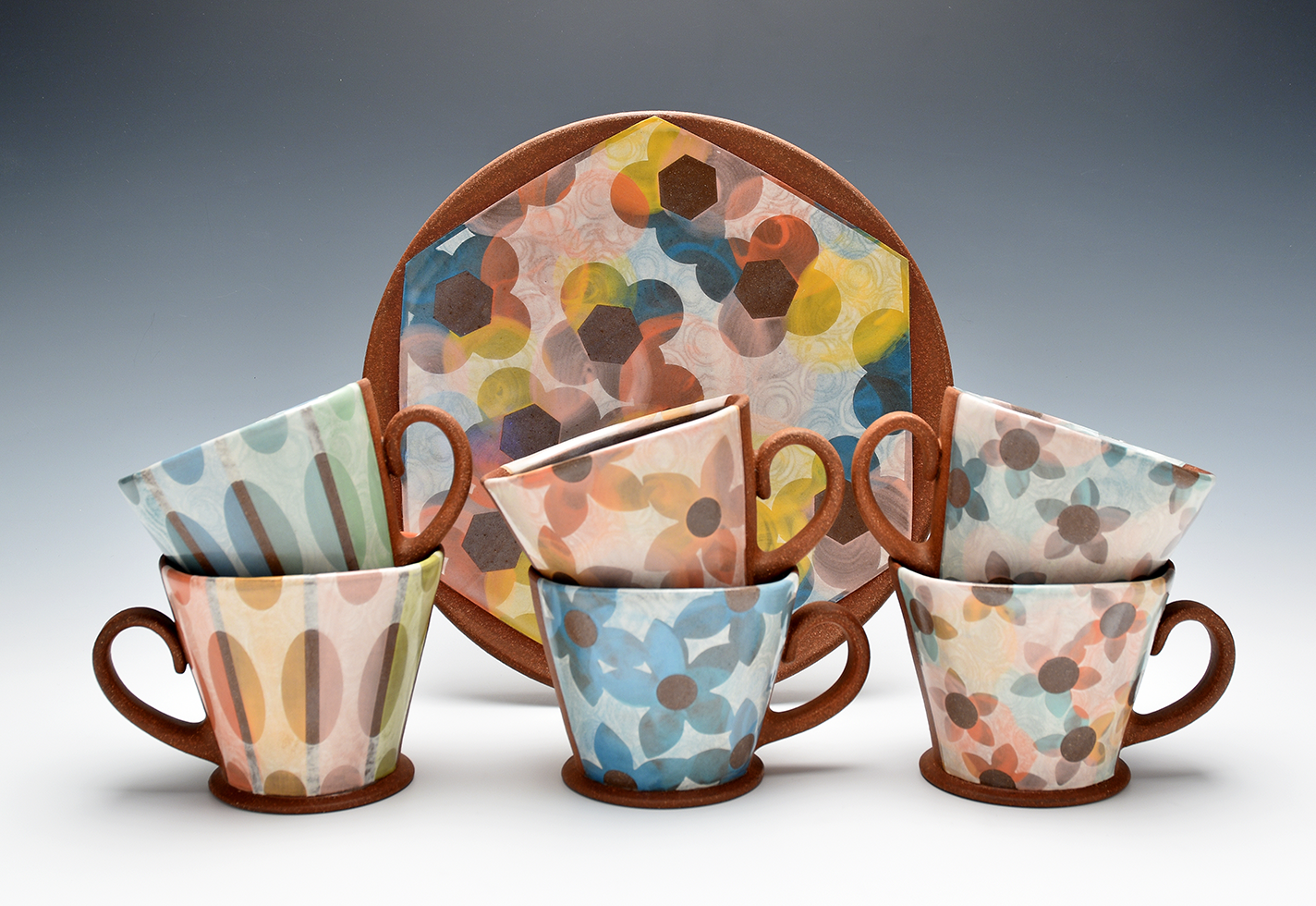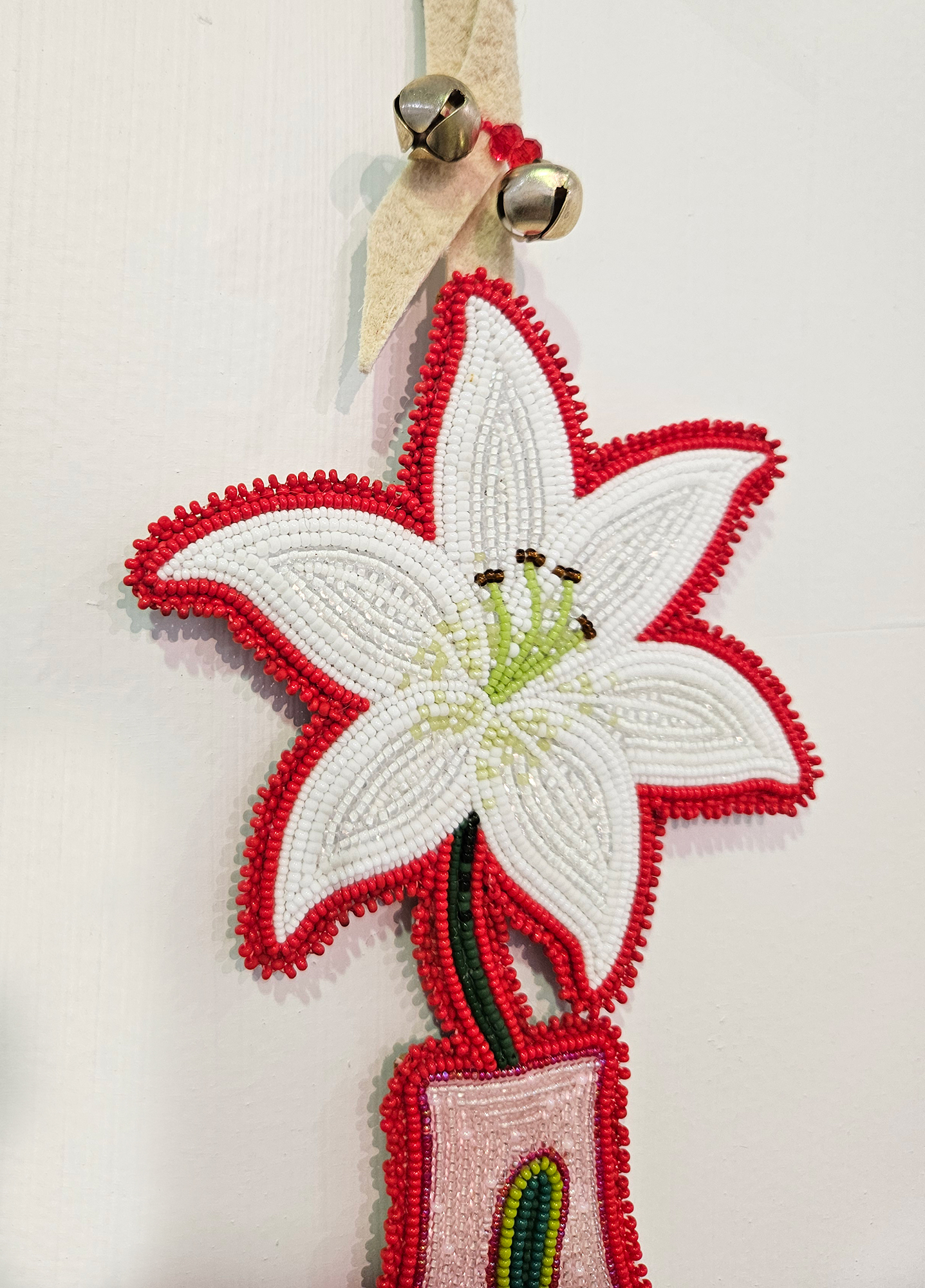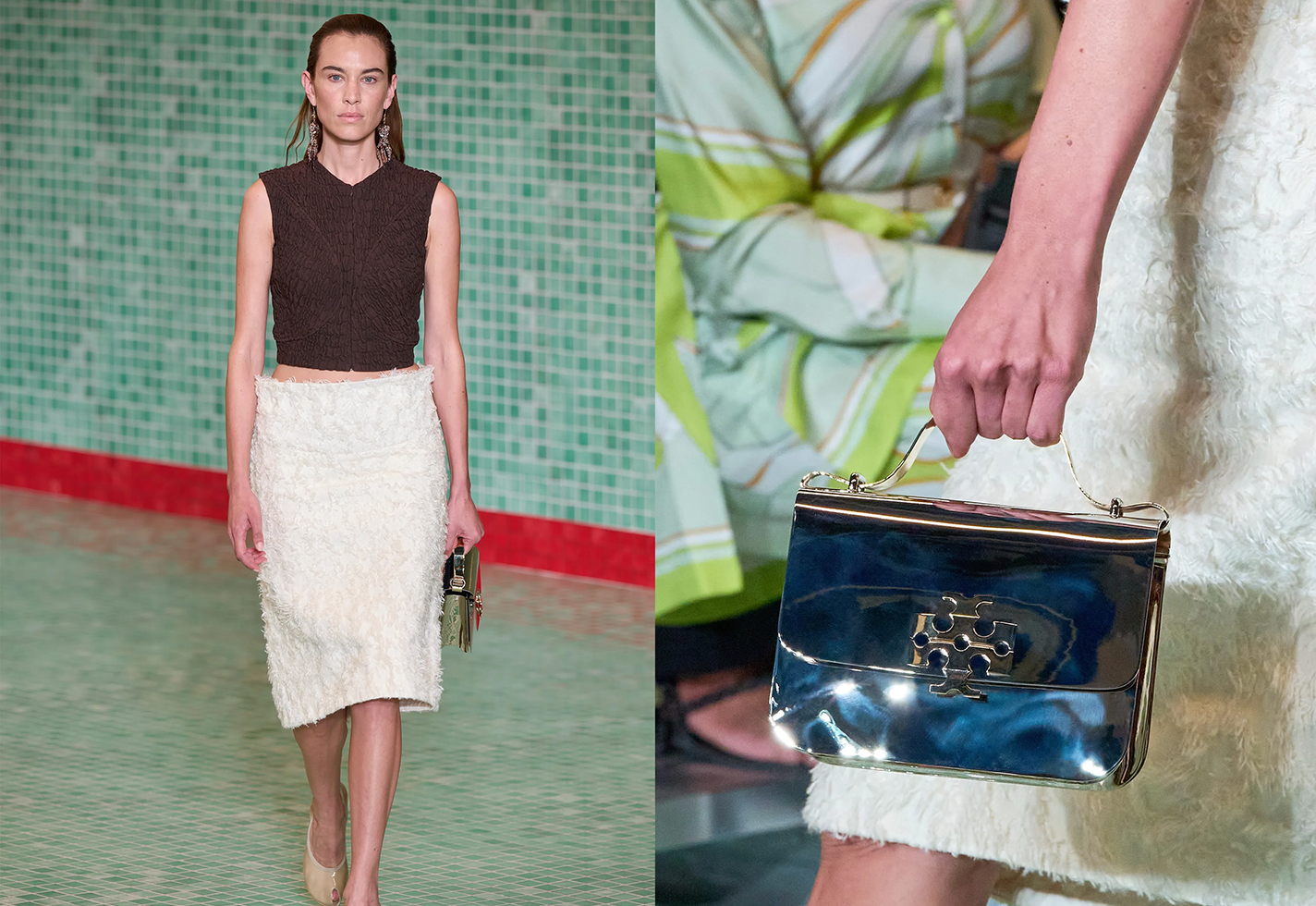Crafted stories.
Every object has a maker, and every maker has a story. Discover the narratives of emerging and established artists, the evolution of their creations, and how the everyday is made more extraordinary through the fine art of craft.

You are now entering a filterable feed of Articles.
280 articles
-
![]() MakersFree To Read
MakersFree To ReadThe Queue: Felicia Greenlee
Felicia Greenlee carves and chisels images of social change in her layered narrative wood collages. In The Queue, the Seneca, South Carolina–based artist shares about the craft community in South Carolina, the skills she gained as a textile designer, and a traveling exhibition featuring her work.
Digital Only
The Queue -
![]() ACC NewsFree To Read
ACC NewsFree To ReadRemembering Sandra Blain
ACC Honorary Fellow Sandra Blain passed away on December 19, 2024. A multi-faceted leader in the craft community as an educator, administrator, and ceramic studio artist, she had a long-time relationship with ACC.
Digital Only
-
![]() MakersFree To Read
MakersFree To ReadThe Queue: Nosheen Iqbal
Nosheen Iqbal foregrounds Pakistani and Islamic art in her entrancing embroidery-on-wood compositions. In The Queue, the Dallas-based artist and designer chats about CraftTexas 2025, developing clients in the corporate and hospitality worlds, and two contemporary events pushing Islamic and South Asian art forward.
Digital Only
The Queue -
![Patterned ceramic cups and plates]() MakersFree To Read
MakersFree To ReadI Love Pots
A studio potter and the founder of @nonclaypots and @potterytattoos writes about how and why she began sharing her passions on social media.
Digital Only
Essays -
![]() MakersFree To Read
MakersFree To ReadThe Queue: Samantha Briegel
Samantha Briegel’s fashion-inspired porcelain vessels dazzle with patterns and textures. In The Queue, the Maryland-based ceramist talks about how she creates her work, her favorite slow fashion designers, and what she’s looking forward to at this year’s American Pottery Festival in Minneapolis.
Digital Only
The Queue -
![]() Free To Read
Free To ReadCouture Craft
A new nonprofit, Closely Crafted, advocates for skilled makers in the fashion industry.
Fall 2025
Craft Communities -
![]() ACC NewsFree To Read
ACC NewsFree To ReadMN State Fair 2025
The Minnesota State Fair is here! Each year, the American Craft Council is proud to give an award to an entry in the Fine Arts category that exemplifies craft. This year, ACC is pleased to give the special recognition to Iah Q’s The Past Holds Me, a stunning work of beadwork on leather.
Digital Only
-
![Metal handbag created by Bliven for Tory Burch]() MakersFree To Read
MakersFree To ReadRunway Ready
Metalsmith Thomas Bliven crafts handmade accessories for top-tier clothing labels and the celebrities who make their fashions memorable.
Fall 2025
Features + Profiles -
![]() MakersFree To Read
MakersFree To ReadThe Queue: Dawn Williams Boyd
Dawn Williams Boyd fashions recycled textiles into powerful paintings in cloth. In The Queue, the Atlanta-based textile artist talks about her family’s dedication to the handmade, the extensive list of tools that make her work possible, and the importance of senior art programs.
Digital Only
The Queue
Story categories.
-
Craft Happenings
Browse a timely, curated, and frequently updated list of must-see exhibitions, shows, and other events.
-
Points of View
Essays, craft histories, ideas, analysis, and other perspectives on the significance of craft.
-
Makers
Profiles, interviews, studio tours, and videos on people who are making the world more beautiful.
-
Materials & Processes
Learn about materials and how craftspeople transform them into functional and sculptural works.
-
Handcrafted Living
Discover practical and pleasing handmade goods and stories about living with meaningful objects.
-
Travel
Explore the world of craft by visiting the places and communities where it is created and celebrated.
-
Media Hub
Discover new books, niche periodicals, videos, and podcasts—plus highlights from ACC’s archives.
-
ACC News
Explore the impact of the American Craft Council and the ACC community through stories and updates on our programs, events, artists, and more.
Take part.
Become a member of ACC.
Craft is better when we experience it together. Support makers, celebrate the handcrafted, and explore the nationwide craft community with a membership to the American Craft Council.
